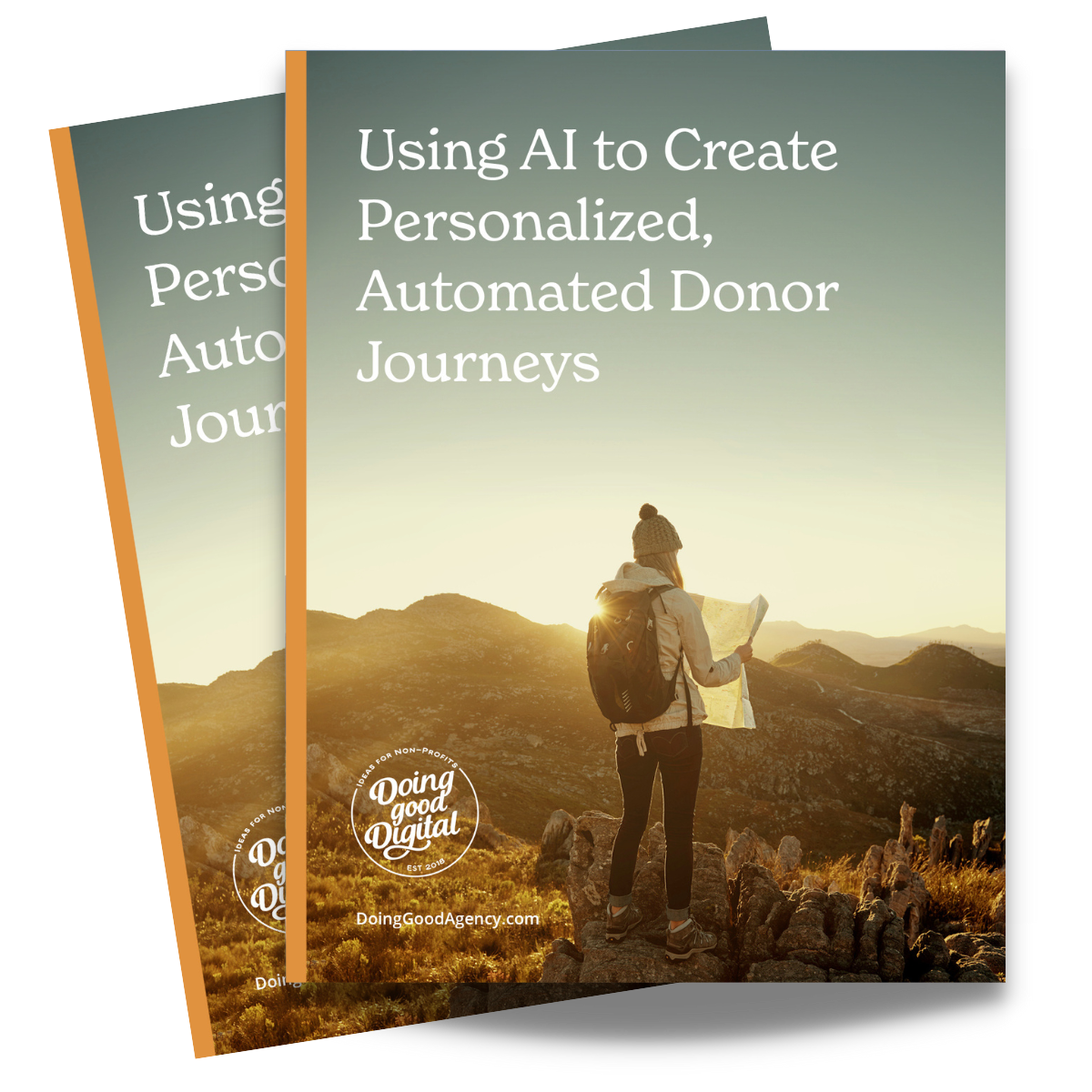Bring Your Prospecting to the Next Level: How to Create an Affinity Scoring Model

There are three aspects of a good prospect: Capacity, Inclination, and Affinity. As fundraisers, we live and breathe this terminology and know that building the pipeline to grow programs, portfolios, and, ultimately, revenue for the organization is one of our main focus areas. Let’s take a deeper dive into these three pieces of a good prospect and talk about some ways to layer in digital fundraising to boost results. In this blog post, you will learn how to create an affinity scoring model.

Capacity
This information usually comes to you by using a tool that can provide you with publicly available wealth information. This data is then used to determine how much a person can give to the organization.
Inclination
The same sources of information can also leverage known gifts to other organizations that can be used to determine if and how someone is philanthropic. Often these are in the form of statistical models or another score that is meant to rate different aspects of their potential giving.
Affinity
Affinity offers direct insight into the known engagement or attachment to an organization. This is where we can start layering in digital results.
As we know, the best prospect is one with top scores in all three categories – the trifecta. And with so many tools available to dissect Capacity and Inclination, but few on Affinity, it’s often left to organizations to determine what that looks like.
So, how can you measure affinity? One idea is to create a custom score personalized with criteria and rankings that matter most in your organization’s definition of a ‘good’ prospect. As you develop this scoring process, make sure that:
- It is a simple score that everyone can easily understand, including leadership and key stakeholders.
- It is something that takes all of your thoughts and feelings about your constituent base and translates them into actionable data by turning the qualitative into quantitative.
Create your Score
Use what you know about your constituents to inform how you think about their affinity. Ask yourself: What’s somewhat helpful to consider? What’s critically important to consider? What doesn’t matter? The answers to these questions will help you define a list of activities that will translate to points to ultimately build your formula.
Activities to consider:
- Digital Engagement
- Event participation, attendance, sponsorship, etc.
- Volunteerism
- Giving
Adding affinity scoring to your standard prospect analytics also provides information to refine your segmentation and audience strategy, KPIs, annual performance goals, and more.
We are here to help!
Donor trends are always shifting – so are behaviors, mediums, and attitudes. Take the opportunity during the new year to review your affinity formula so that you can adjust accordingly and have an affinity scoring model that works for you. If you need help, please reach out to one of our senior consultants!
Blog post written by: Danielle Lavon





